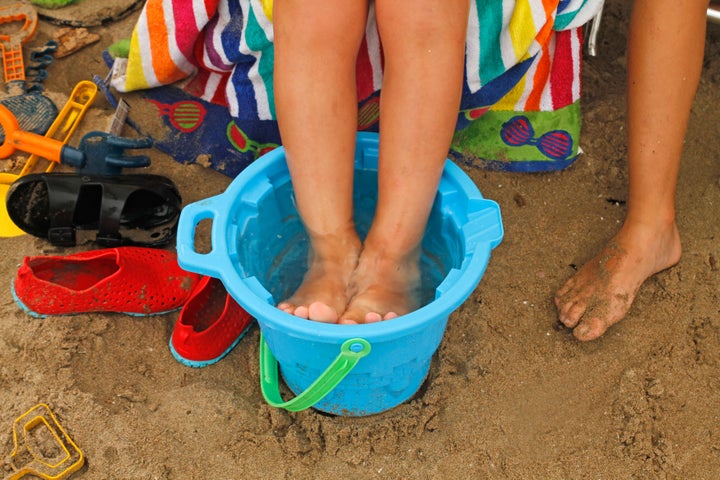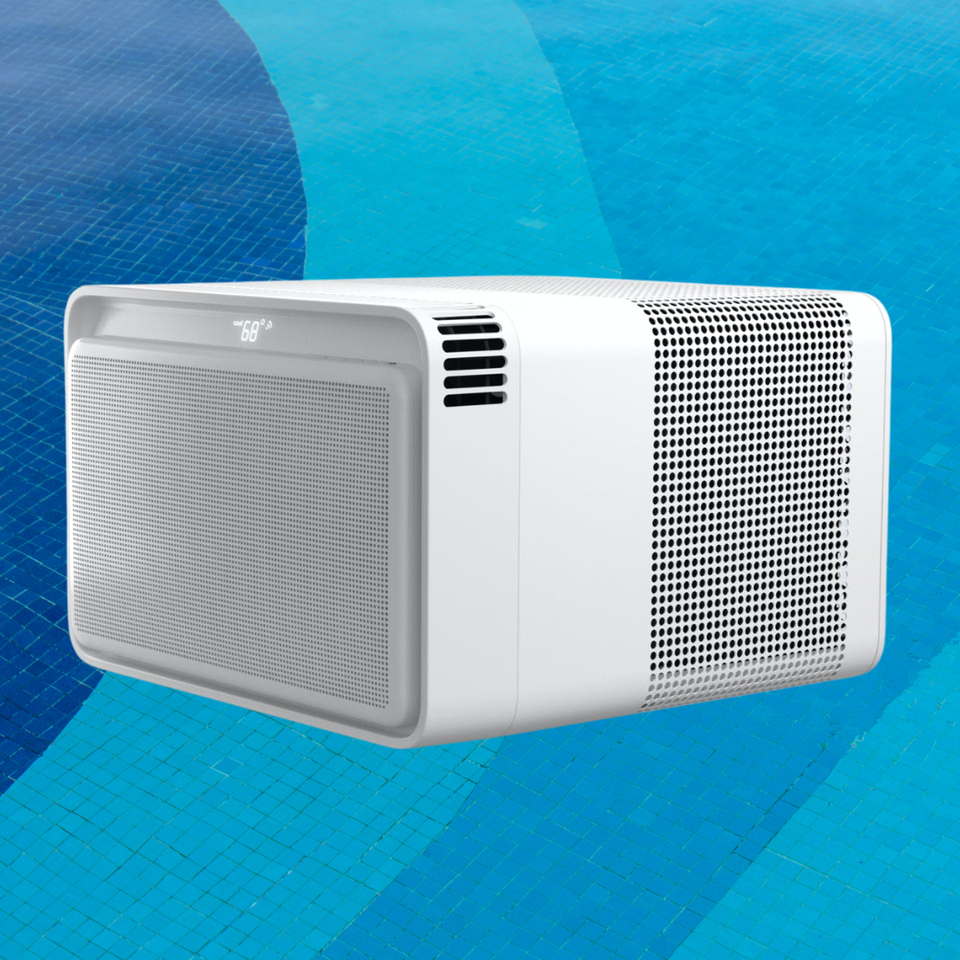
It’s seriously steamy around the world right now, and with the heatwave showing no signs of slowing over the next few days, many of us will be left with heat exhaustion.
For children and babies, high temperatures are not only really uncomfortable, they can also be harmful if they’re exposed to too much sun and sunshine.
Heatstroke is a serious condition which needs to be treated as an emergency and can occur in anyone. There are similarities in the way heatstroke presents in adults and children, but some are more common in the latter.
Here are the signs to watch out for:
Heat cramps
According to Kidshealth, heat cramps are brief, painful muscle cramps in the legs, arms, or belly that can happen during or after vigorous exercise in extreme heat. Sweating during the intense physical activity causes the body to lose salts and fluids. This low level of salts likely causes the muscles to cramp.
Kids are particularly at risk for heat cramps when they aren’t drinking enough fluids.
Although painful, heat cramps on their own aren’t serious. But cramps can be the first sign of more serious heat illness, so they should be treated right away to help avoid any problems.
Heat exhaustion
The signs of heat exhaustion include:
a headache
dizziness and confusion
loss of appetite and feeling sick
excessive sweating and pale, clammy skin
cramps in the arms, legs and stomach
fast breathing or pulse
a high temperature of 104 degrees Fahrenheit or above
being very thirsty
The symptoms are often the same in adults and children, although children may become floppy and sleepy.
If someone is showing signs of heat exhaustion, they need to be cooled down.
Heatstroke
The most severe form of heat illness is heatstroke. Heatstroke is a life-threatening medical emergency.
In a heatstroke, the body cannot regulate its own temperature. Body temperature can soar to 105 degrees F or even higher, leading to brain damage or even death if it isn’t quickly treated. Quick medical care is needed to bring the body temperature under control.
Kids are at risk for heatstroke if they overdress or do intense physical activity in hot weather without drinking enough liquids.
Heatstroke also can happen when a child is left in, or gets trapped in, a car on a hot day. When the outside temperature is 93 degrees F, the temperature inside a car can reach 125 degrees in just 20 minutes, quickly raising body temperature to dangerous levels.
Signs of heatstroke in children and babies
Call for emergency medical help if your child has been outside in extreme temperatures or another hot environment and shows one or more of these symptoms of heatstroke:
severe headache
weakness, dizziness
confusion
nausea
rapid breathing and heartbeat
loss of consciousness
no sweating
flushed, hot, dry skin
temperature of 104 degrees F or higher
How to cool someone down
If someone has heat exhaustion, follow these four steps:
Move them to a cool place.
Get them to lie down and raise their feet slightly.
Get them to drink plenty of water. Sports or rehydration drinks are OK.
Cool their skin – spray or sponge them with cool water and fan them. Cold packs around the armpits or neck are good, too.
Stay with them until they’re better. They should start to cool down and feel better within 30 minutes.
How to prevent exhaustion and heatstroke
There’s a high risk of heat exhaustion or heatstroke during hot weather or exercise.
To help prevent heat exhaustion or heatstroke:
drink plenty of cold drinks, especially when exercising
take cool baths or showers
wear light-colored, loose clothing
sprinkle water over skin or clothes
avoid the sun between 11am and 3pm
avoid excess alcohol
avoid extreme exercise
This will also prevent dehydration and help your body keep itself cool.
Keep an eye on children, the elderly and people with long-term health conditions (like diabetes or heart problems) because they’re more at risk of heat exhaustion or heatstroke.
